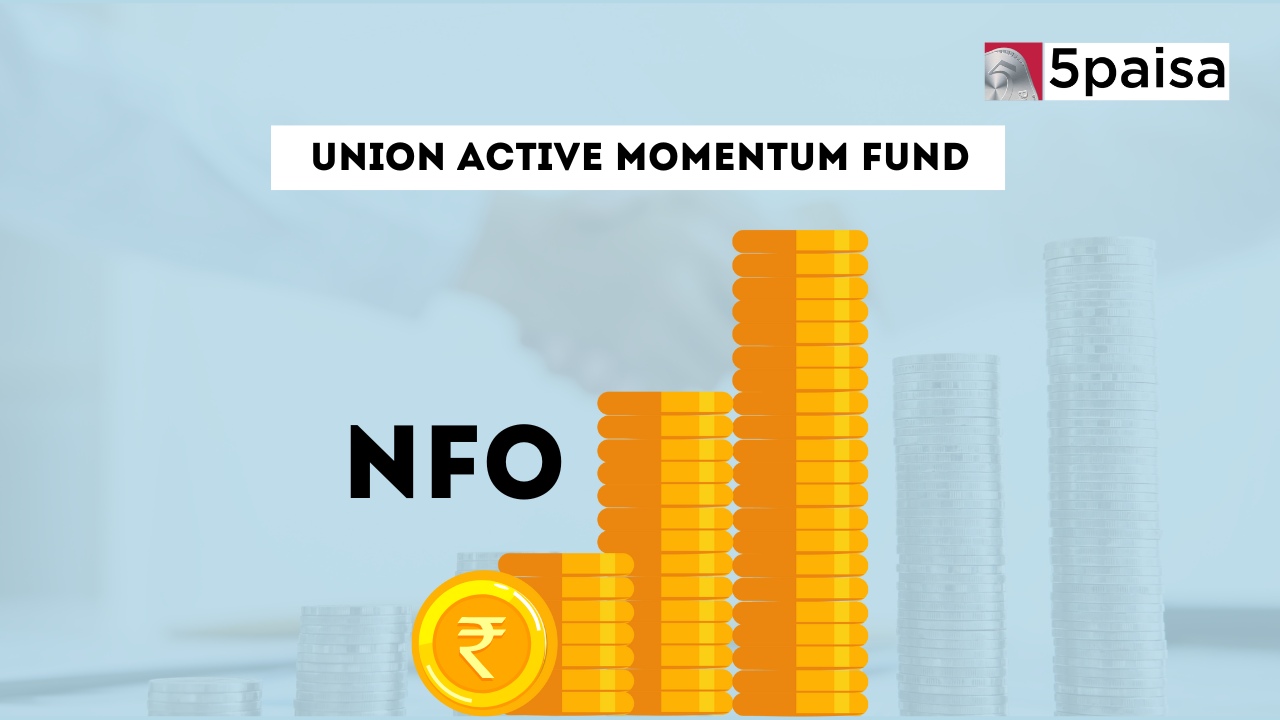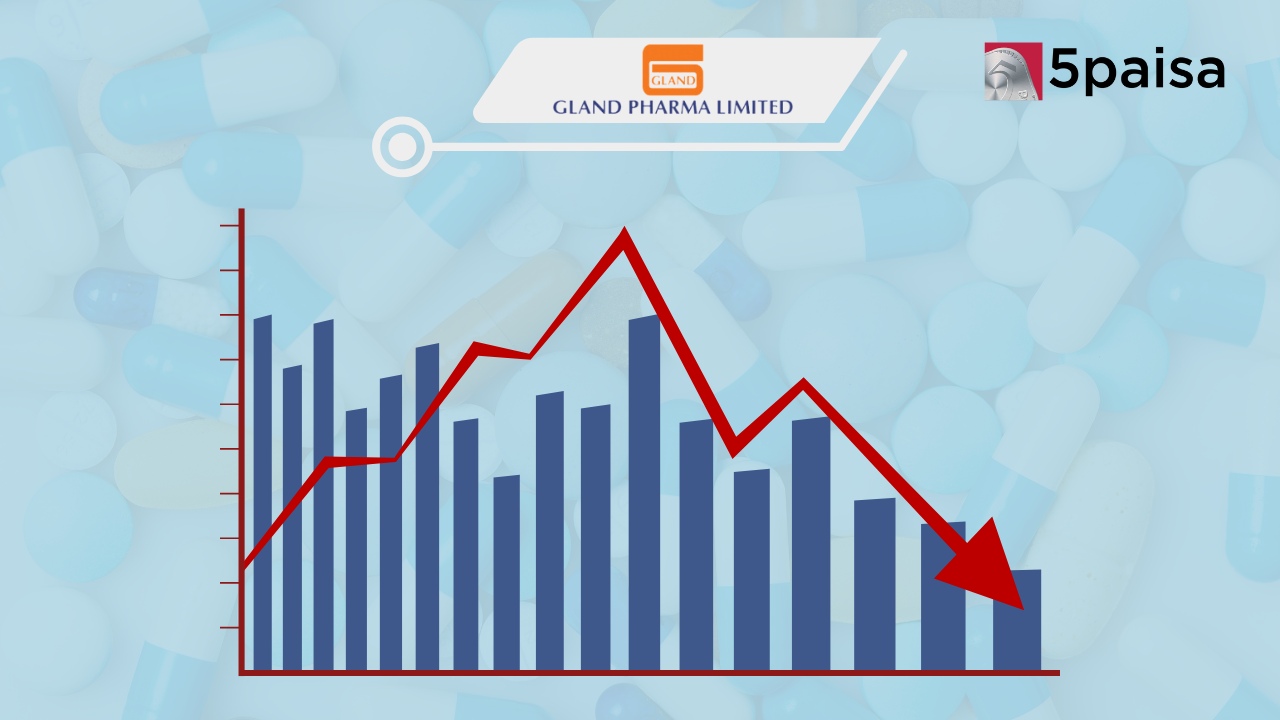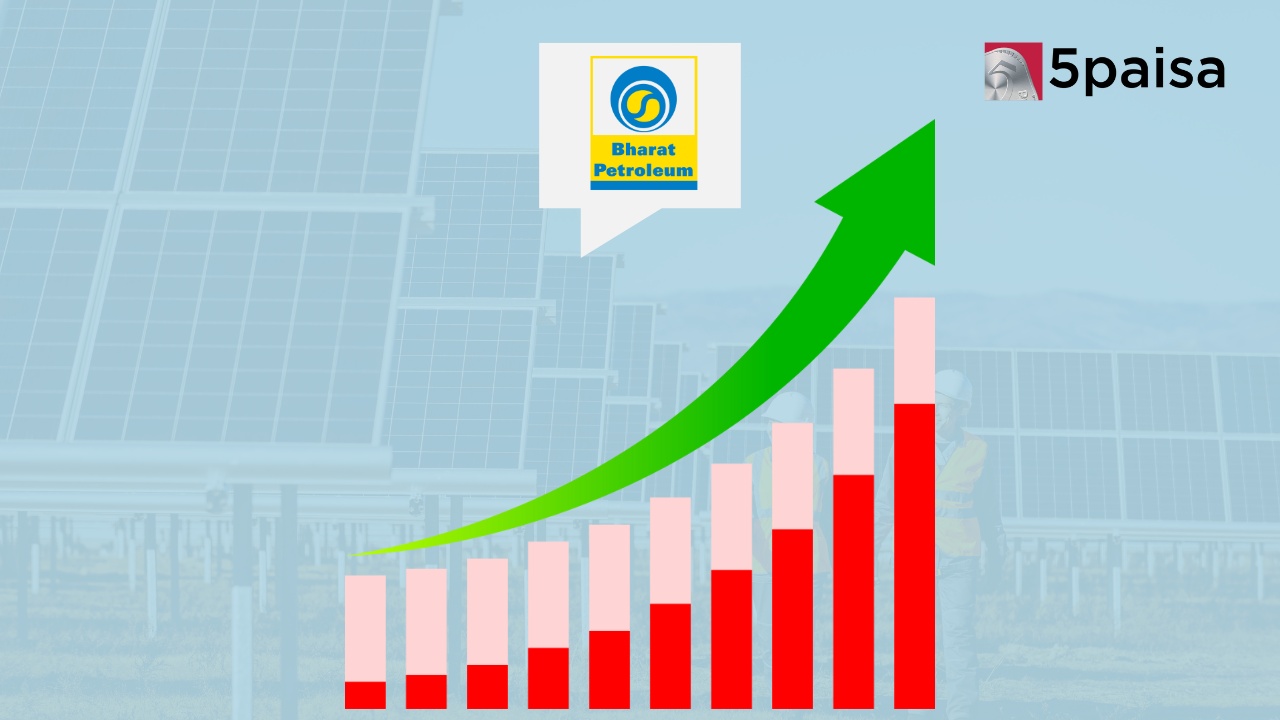Marcellus to Launch Global AIF in February for Diversification
DSP Business Cycle Fund Direct (G) : NFO Details

Last Updated: 25th November 2024 - 05:45 pm
The DSP Business Cycle Fund Direct (G) is an open-ended equity thematic fund launched on November 27, 2024, with a minimum investment of ₹100. Managed by Charanjit Singh, the scheme aims to provide long term capital appreciation by dynamically allocating investments across sectors, themes, and stocks at various stages of the business cycle. With a very high risk profile and a benchmark of NIFTY 500 TRI, the fund charges a 0.5% exit load for redemptions within 10 months and offers both growth and IDCW plans.
Details of the NFO: DSP Business Cycle Fund – Direct (G)
| NFO Details | Description |
| Fund Name | DSP Business Cycle Fund – Direct (G) |
| Fund Type | Open Ended |
| Category | Sectoral/Thematic |
| NFO Open Date | 27-Nov-24 |
| NFO End Date | 11-Dec-24 |
| Minimum Investment Amt | ₹100/-and any amount thereafter |
| Entry Load | NIL |
| Exit Load | Equal to less than 1 month then only 0.5% |
| Fund Manager | Mr. Charanjit Singh |
| Benchmark | Nifty 500 TRI |
Investment Objective
The DSP Business Cycle Fund – Direct (G) aims to achieve long-term capital appreciation by investing in equity and equity related securities. Its focus is on leveraging business cycles through dynamic sectoral and thematic allocations. The scheme intends to capitalize on varying business cycle stages, offering potential opportunities in emerging and high growth sectors. However, there is no assurance that the fund’s objective will be met, as returns are subject to market risks and economic factors.
Investment Strategy
The DSP Business Cycle Fund – Direct (G)’s strategy revolves around riding business cycles, dynamically investing across sectors, themes, and stocks that align with the prevailing stage of the economic cycle. This approach involves identifying sectors with the potential for high growth during specific phases of the business cycle and rebalancing the portfolio as cycles shift. The scheme aims for diversification while focusing on sectoral and thematic concentration to maximize returns. The fund seeks to maintain flexibility in adapting to market trends, policy shifts, and macroeconomic developments, ensuring optimal allocation of resources.
DSP Business Cycle Fund – Direct (G) is suitable for whom?
DSP Business Cycle Fund – Direct (G) is suitable for investors who are seeking:
1. Long term capital growth
2. Investment in equity and equity related securities with a focus on riding business cycles through dynamic allocation across various sectors / themes / stocks at different stages of business cycle.
Risks Associated with the DSP Business Cycle Fund – Direct (G)
The DSP Business Cycle Fund – Direct (G) carries risks associated with thematic and sectoral investments, including high volatility and concentration risks due to limited diversification. Equity related risks like price fluctuations, liquidity challenges, and government policy changes may impact performance. Additionally, the fund is vulnerable to market inefficiencies during volatile periods. Portfolio rebalancing or redemption demands may result in price impacts. While efficient portfolio management techniques may mitigate risks, their improper use could lead to losses, especially in unpredictable market conditions.
Who Should Invest in DSP Business Cycle Fund – Direct (G)?
This DSP Business Cycle Fund – Direct (G) is suitable for investors with a high risk appetite and a long-term investment horizon. Ideal for individuals looking to capitalize on business cycles, it requires an understanding of sectoral and thematic trends. Investors seeking aggressive growth opportunities and willing to tolerate high market volatility may find this fund appealing. However, it is not recommended for conservative investors or those seeking stable, short-term returns.
- Flat ₹20 Brokerage
- Next-gen Trading
- Advance Charting
- Actionable Ideas
Trending on 5paisa
Indian Market Related Articles
Disclaimer: Investment in securities market are subject to market risks, read all the related documents carefully before investing. For detailed disclaimer please Click here.
 5paisa Research Team
5paisa Research Team




